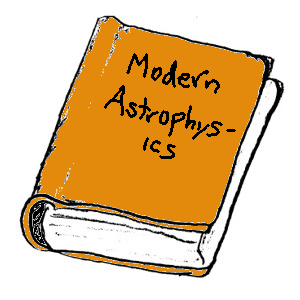Evidently, humanity has been fascinated with the stars for a long time. Stonehenge, the Mayan calendar, Polynesian star charts, Native American medicine wheels, all show early man’s keen interest in the ever changing sky. The Western tradition of astronomy, and therefore my textbook, begins in Classical Greece with a bunch of guys sitting around thinking about things and often coming to wrong conclusions. A popular pastime that continues to the present day.
The first model of the universe that the Greeks came up with was very simple and, perhaps inevitably, came from Plato. Plato proposed that the sky was basically a big sphere that rotated around the Earth with the Sun, moon and stars stuck to the inside of it. Everybody liked this model because it was Plato’s and because it was easy to make into a children’s toy, but it failed to explain the seasons or the motion of the so-called wandering stars: Venus, Mars, Jupiter and Saturn.
Eudoxus of Cnidus had a really cool name and said “I have an idea, maybe there’s more than one sphere and the Sun, moon and planets are each attached to their own layer. Like an onion.” Problem solved? Well no, because now we have to deal with the fact that sometimes Mars likes to move backwards. Yes you read that right, backwards. So does Venus.
The Greeks spent a lot of time trying to figure out ways to explain this ‘retrograde’ motion. Hipparchus and Ptolemy both worked on it a bunch, drawing more and more little circles for the planets to follow. It took over a thousand years for Copernicus to come along and clear up the mess.
So why do we care so much about the Greeks when they were clearly very wrong for a very long time? Because it illustrates how humanity learns new things. If we had simply accepted that the motion of the stars was strange and mysterious we would never have made any progress. But instead people kept asking questions, kept trying to understand what they couldn’t explain. If they hadn’t, Star Wars would have been a really boring movie.
 I don’t remember much of my Astronomy 101 class. I have a very clear memory of my tiny professor bouncing around the classroom singing “It’s a great big universe and we’re all really tiny” with all the energy of an Animaniac. I also remember her telling me that if I became one with Bob, fully ingesting its contents, I would know as much about astronomy as most astronomers.
I don’t remember much of my Astronomy 101 class. I have a very clear memory of my tiny professor bouncing around the classroom singing “It’s a great big universe and we’re all really tiny” with all the energy of an Animaniac. I also remember her telling me that if I became one with Bob, fully ingesting its contents, I would know as much about astronomy as most astronomers.